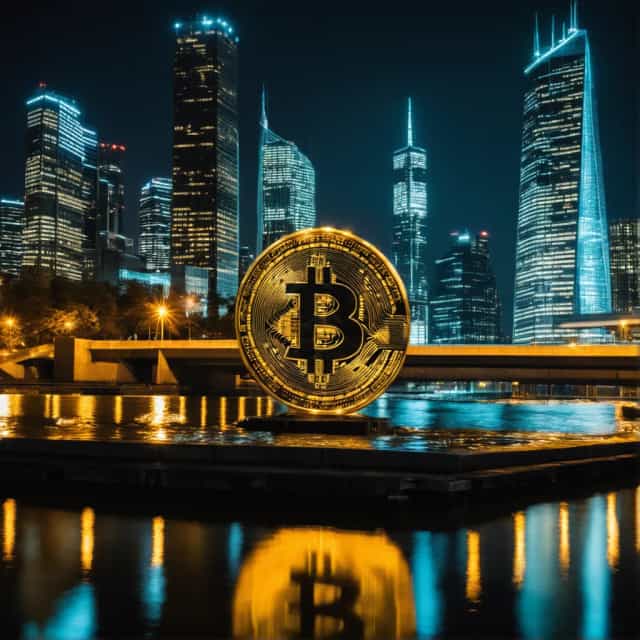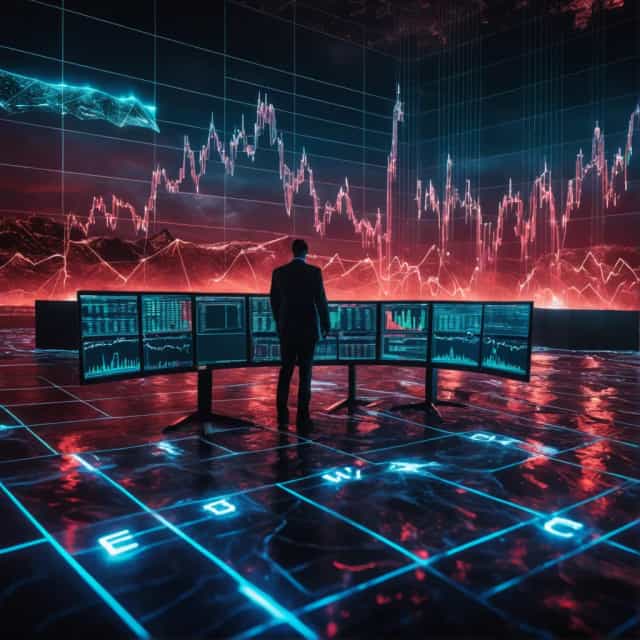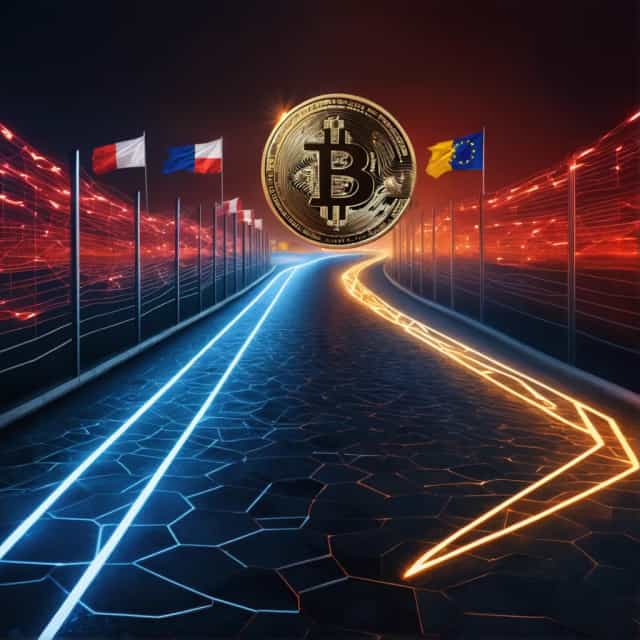
Image source: Block Media
DDR5 DRAM Prices Rebound Amid Market Slump
Seoul—[Newsis] Reporter Lee In-Jun
Prices for DDR5 DRAM, commonly used in high-performance PCs and servers, have rebounded despite a period of market downturn, instilling renewed optimism for market recovery.
As of the end of last month, the average fixed transaction price for PC-grade 16Gb (gigabit) DDR5 memory rose by 1.3% compared to the previous month, reaching $3.80, according to market research firm TrendForce.
Memory prices are typically negotiated between suppliers and customers at regular intervals. The price of this component had been on a downward trend since August of last year, but has now rebounded after seven months.
While the prices of various memory products (modules) sold in the market are still declining, an increase in the price of memory chips could potentially stabilize module prices. Notably, DDR5, the next-generation DRAM standard, commands prices more than 30% higher than its predecessor, DDR4.
“Generally, module prices reflect chip prices with a lag of one to two months,” explained Soo-Rim Lee, an analyst at DS Investment & Securities. “With increased orders from PC and server companies, the likelihood of DDR5 module prices rebounding has heightened.”
DRAM Price Surge Could Bolster Earnings for Samsung and SK Hynix
The rise in DRAM prices could potentially improve the financial performance of major players like Samsung Electronics and SK Hynix.
Some in the securities industry suggest that Samsung and SK Hynix’s first-quarter (January-March) earnings might not be as grim as previously anticipated. The consensus for operating profit for Samsung and SK Hynix in Q1 stands at approximately KRW 5.3 trillion and KRW 6.3 trillion, respectively. Depending on the memory market situation, actual profits could surpass these estimates.
Market Conditions Remain Precarious Despite Potential for Improved Earnings
Despite the potential for better-than-expected earnings, significant market uncertainties persist.
The primary concern is whether demand will continue to grow. According to DS Investment & Securities, demand in the high-value server market remains steady. Orders for servers equipped with DDR5 from U.S. and Chinese cloud service providers have been increasing since Q4 of last year.
Consequently, server DRAM inventory levels have decreased to a maximum of 13 weeks, down from 15 weeks in the previous quarter. In addition, demand from mobile customers, which accounts for approximately 20% of the company’s DRAM revenue, has also started to rebound, spurred by China's consumption-boosting measures under the "Replace Old Appliances with New Ones" initiative.
However, the market environment remains challenging. The U.S.-China sanctions are expected to reduce High Bandwidth Memory (HBM) revenue, and the NAND flash memory market continues to experience a downturn. Analysts believe more time is needed for the server market to reach normal inventory levels (5-6 weeks for DRAM).
Some interpret the recent recovery in older memory markets, such as mobile memory, as early stockpiling in response to tariff uncertainties—a form of preliminary demand.
“Total demand remains constant, but second-half demand is being pulled into the first half," said Young-Min Ko, an analyst at Daol Investment & Securities. "Should memory semiconductor prices rebound through the second quarter without additional demand materializing, there is a possibility of a temporary re-decline in the third quarter."










